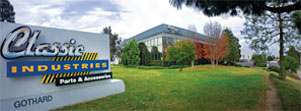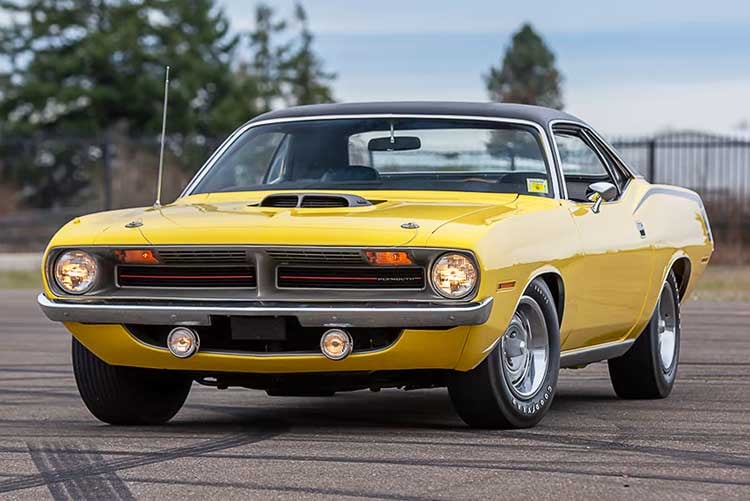
This article's topic may be a sore subject for some readers. There are likely to be several gotchas in this list, where a gearhead or two (or several thousand for that matter) might have rushed headlong into purchasing and starting a classic car renewal project that goes awry and is hopelessly stalled. It's not something to beat yourself up about. It's called being human and making mistakes. Don't let the fear of making a boo boo or two get in your way of reading this article for some helpful hints on getting your old car project going or restarted. If you keep these muscle car restoration mistakes in mind, you won't fall victim to them in the future.
Our lead photo of a restored Lemon Twist yellow 1970 Plymouth 'Cuda is courtesy of Mecum Auctions.
The Most Common Muscle Car Restoration Mistakes
1) Working On a Car You Aren't Passionate About
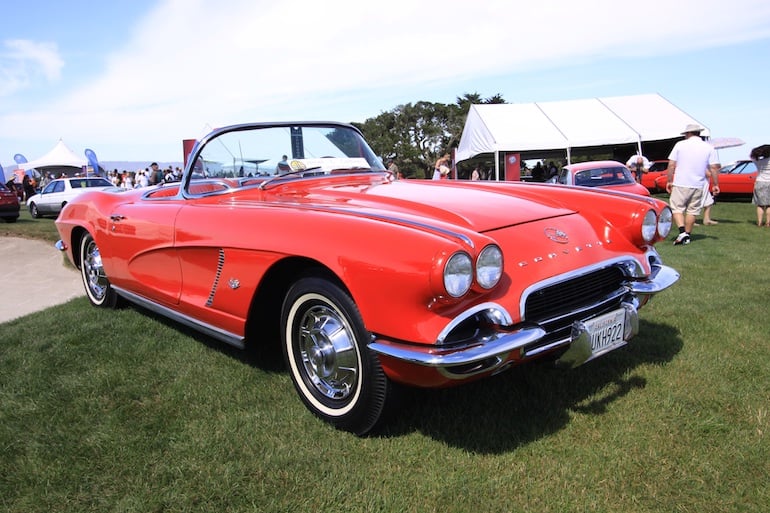
Restoring an old American muscle car that you don't absolutely love is a fool's game. Bringing an old car back from a pile of rusty parts without a strong source of motivation is practically impossible.
Restoring an old car is a tough business. Sometimes, it's a lot of fun and everything goes smoothly. Other times, it can be a time consuming, money depleting, swear inducing, possible tool throwing, and all-around frustrating hobby. If you're not working on a car that touches your soul, you're spinning your wheels. There are inevitably going to be days when you're going to want to throw in the towel and quit. When times get tough, having that soul mate of a muscle car staring you in the face and wanting you to bring her/him back to life may be the only thing that keeps the project going.
You're much more likely to see the project through the tough times if you have an emotional attachment. If you're just building the project as a financial investment to flip, that's when the hobby becomes a job, as opposed to artistic and engineering expression. Build something you're passionate about, and the journey will be a fulfilling one indeed!
2) Buying a Car without Test Driving It First
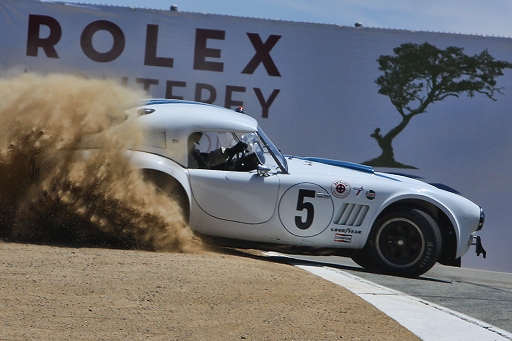
This one would seem to be a no-brainer. However, many an auto enthusiast (myself included) have fallen victim to this mistake. If the car is a basket case that casts you under her seductive spell, and she's not a runner, what are you going to do? Unless you're fully prepared for a brutal muscle car restoration challenge, you should walk away, or better still run/drive away as fast as you can.
A corollary to this point is to not buy a car sight unseen. With the advent of the internet and the popularity of classic muscle cars, this mistake is also a common one. Photos can be deceptive, whether they make important details hard to see or deliberately cover them up.
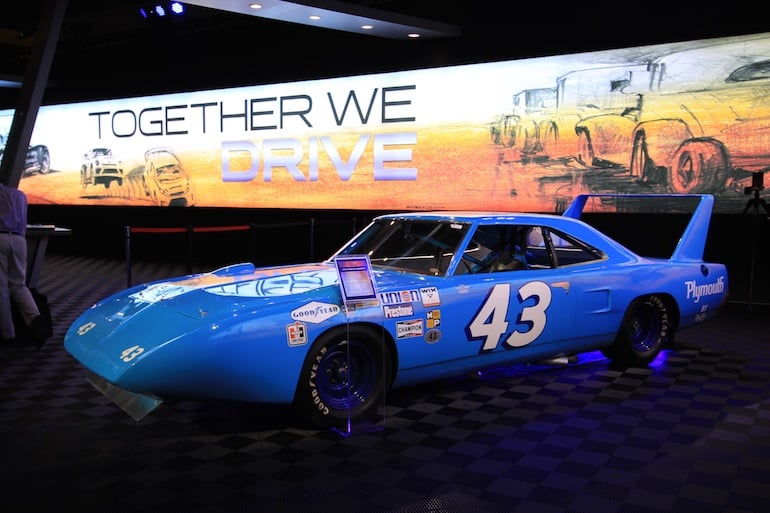
If the car does run and drive, test drive her with caution and be very thorough. Test all the lights, the gauges, the brakes, the engine, the suspension, and the steering. Listen for any strange sounds and smells, like exhaust leaks, suspension creaks, and the like. The test drive will help you to get a sense of how far gone the vehicle is and how much time, money, parts, and sweat equity might go into her rebirth.
3) Forgetting to Thoroughly Inspect the Car Prior to Purchase
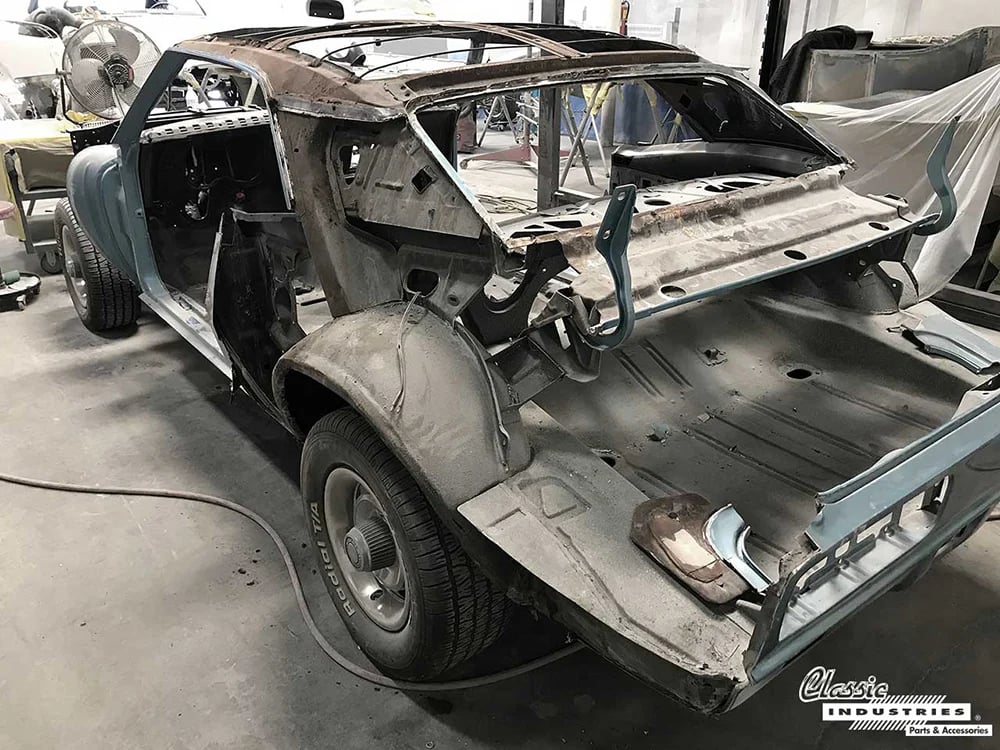
If you're going to go and see the potential car of your childhood fantasies, you've got to somehow let that passion for the machine fuel your logical side. You have to examine this old car as if you're giving it an "auto-topsy," if you catch our drift. If you're less than an expert in the old car hobby, there's no shame in that. Bring an experienced friend or hire a professional old car inspector, mechanic, or restorer to give your potential project vehicle a thorough pre-purchase inspection. You don't want your passion for a specific car make and model to cloud your vision when you're inspecting the vehicle.
You're going to need to check the paint and underlying sheet metal ( steel, aluminum, or fiberglass) for rust, bondo repair, and the like. Look down the sides of the car and see how straight/uniform the body panels and paintwork are. If you're getting seasick looking along the body, those are the sort of waves that nobody likes. You'll need to climb under the car and see how the frame/subframe looks.
If possible, you and/or your hired expert should put the car on a lift and make a thorough examination of the entire undercarriage. Check for oil leaks, rust repairs in the underside of the floor pan, rust holes, how straight the frame/subframe is, and etc. Check the brake lines, fuel lines, various hoses, and wires that you might see. Give your possible future dream machine a thorough going over, and then go over it again. If the current owner doesn't want you to do so, that's a good sign that you should pass on this vehicle. There are still plenty of other automotive fish in the sea, so to speak. Move on.
Often, a thorough pre-purchase inspection has an added bonus. In addition to making you aware of any potential problems with the vehicle, it might give you a little extra room for negotiation based on the inspection's findings. For example, if the brakes are shot, you can work that repair cost into the purchase price. And if there's absolutely nothing wrong with the vehicle, the cost of an inspection was still money well-spent.
4) Overestimating Your Affinity for DIY Automotive Projects
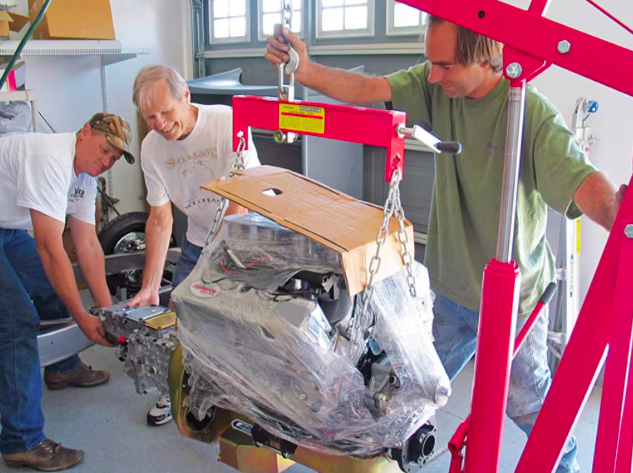
If you enjoyed (or still enjoy) building plastic car, truck, and plane models, there's a good chance you have enough DIY flowing in your bloodstream and firing your electrical synapses to tackle auto maintenance or a full-on vehicle restoration. If you liked taking stuff apart, putting it back together, and making it work again, you're probably good. If you built Legos, Tinker Toys, created Etch-a-sketch, etc. you've probably got the goods. Say you built forts, or go carts, or even replaced the spark plug on your family's trusty gasoline engine powered lawn mower before cutting the lawn... yeah, you'll do. You're a candidate for the big adventure of getting some old American iron back on the roads and highways of the USA.
Even if you're a master of other DIY projects, there will be a lot to learn during any muscle car restoration project. Be prepared to research new techniques, buy extra tools, and ask for help when you need it.
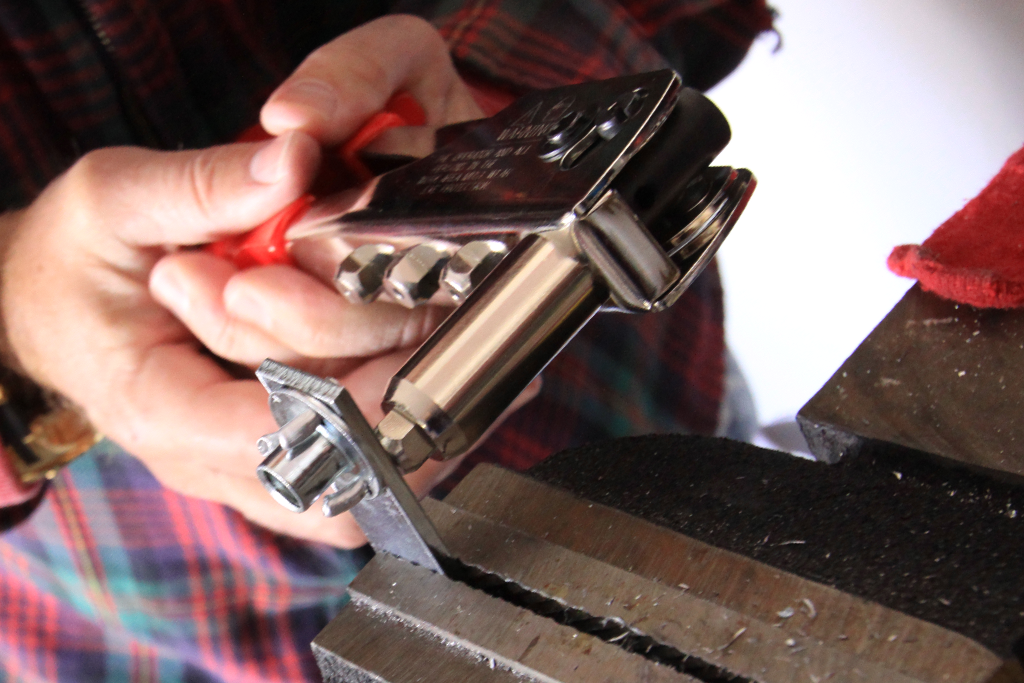
On the other hand, if you find home improvement projects and mechanical tinkering to be endlessly frustrating, or if you're simply hopeless with anything that involves tools, it might be best to pay a shop to (at least partially) restore your vehicle for you. There's no shame in hiring out a professional to do some of the tasks in which you're not well versed or don't wish to learn and tackle yourself.
5) Not Reading Reviews Before Hiring a Professional
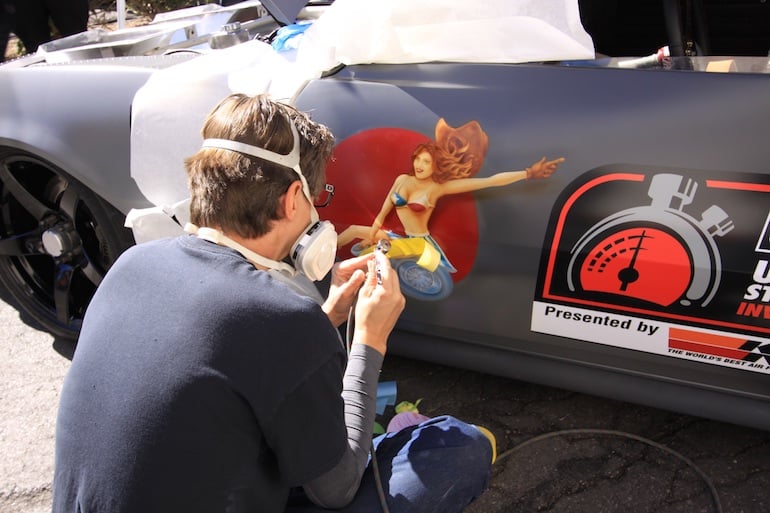
You might be a whiz when it comes to working on the engine and transmission. Or you might have apprenticed in your pop's custom car building shop as a youngster like Chip Foose, and you can do paint and body work with sublime craftsmanship and artistry. But maybe the thought of installing a convertible top in your 1969 Camaro makes you break out in hives. Or trying to install a new wiring harness in your 1956 Ford F100 is too much of a shock to the system. Hire out the hard work, if you don't have the tools, the time, or the tenacity to learn a new trade and become an expert.
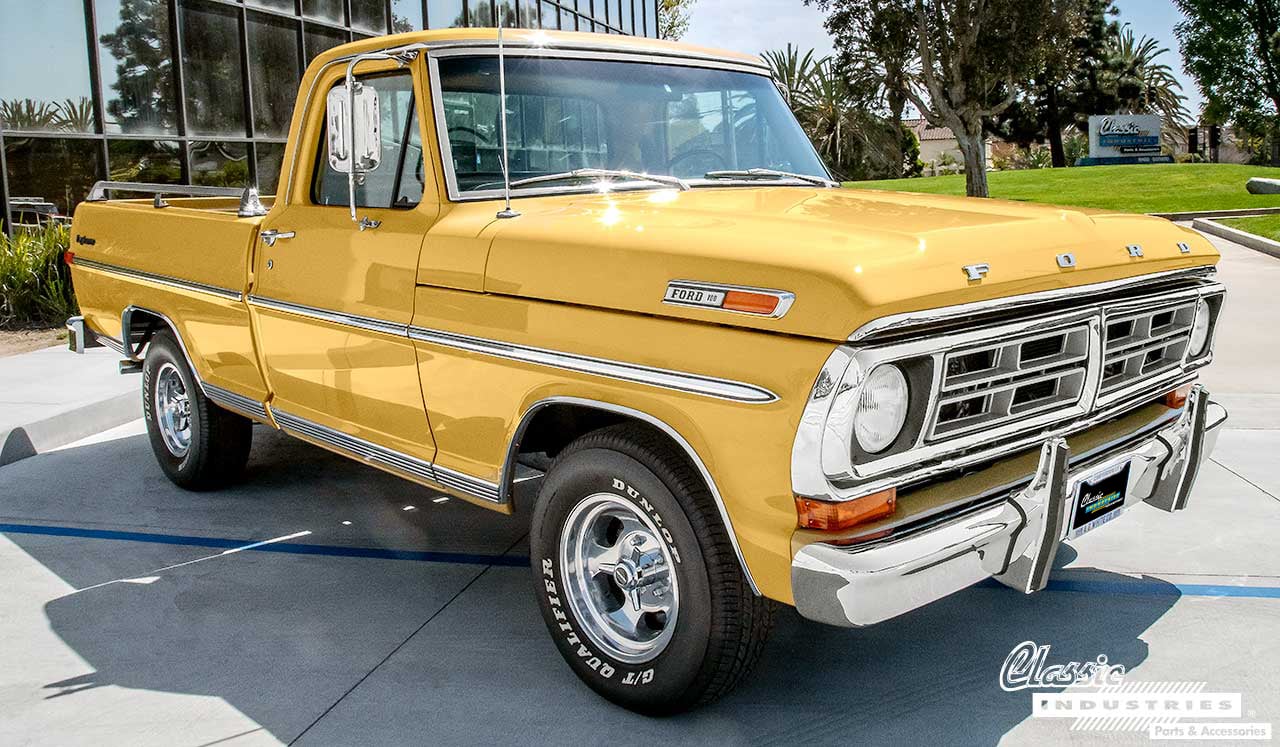
To select the right professional, you'll need to do some research. Look for testimonials from happy customers online. Talk to some referrals and even arrange to check out some of the cars that were worked on. Try to find out if there have been any horror stories about dissatisfied customers filing Yelp complaints, Trustpilot reviews, or Bureau of Automotive Repair (BAR) or BBB (Better Business Bureau) complaints. If you're going to entrust a shop to work on your burgeoning automotive pride and joy, you'll want to put the shop under the microscope to see if they're up to the task(s) at hand.
6) Not Wheeling & Dealing to Get Your Best Price
Muscle car restoration projects are expensive. When you've finally found the car of your dreams, put your game face on and wheel and deal with the car's current caretaker to get your best price. The less you pay on the front end, the more money you'll have to spend on replacement parts and expert help on the project end. Try to be a charmer like British host Mike Brewer on that long running cable TV show, Wheeler Dealers.
That said, nobody likes a lowballer. You don't have to be obnoxious or make unfair offers to get your best price. You simply need to know what the vehicle's faults are, so you can leverage that information to build your case and whittle down the selling price.
7) Failing to Plan & Budget
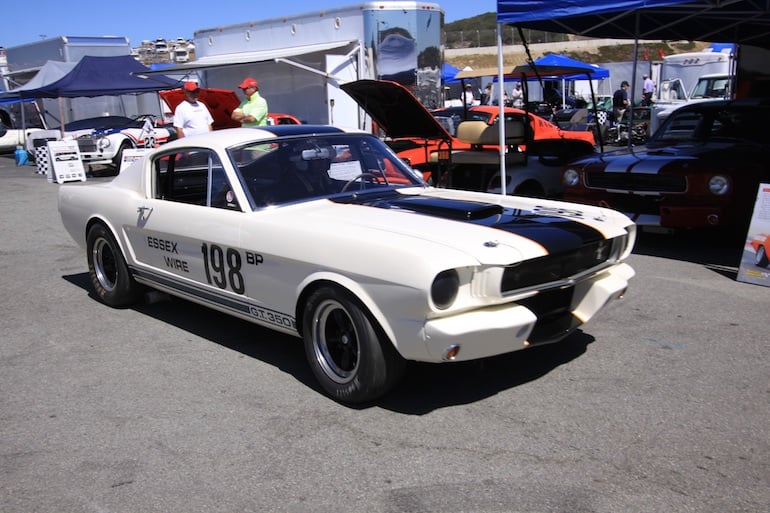
As the old saying goes, "failure to plan is planning to fail." You can't sleep in your muscle car project. That's what your future might look like, if you don't budget and plan your old car project well.
Start your project with some budget spreadsheeting and planning to map out a realistic way forward. Otherwise, you could lose your marriage, your domicile, your employment, or have some other catastrophe because you're spending too much money and time on your 1965 Mustang 2+2 K Code GT. When the budget is finalized, pad it with 30% more in money and time, and perhaps your plan will be somewhat accurate. The old adage that it always takes longer and costs more money is pretty much spot on, unfortunately.
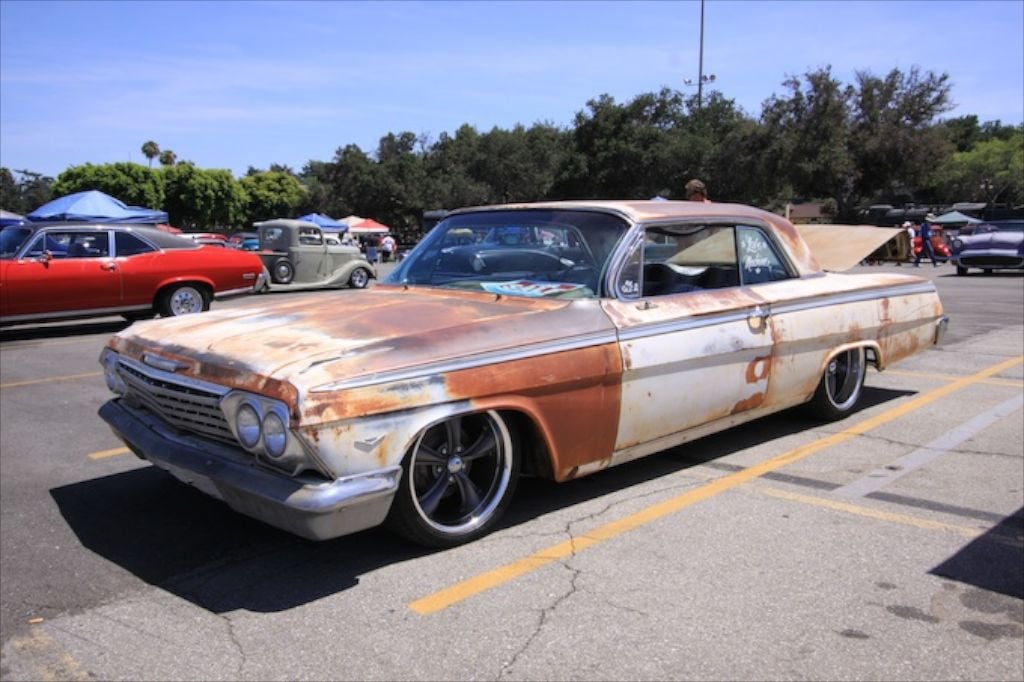
A solid plan also involves what sort of vehicle you want to build. Will it be a show car? Do you want a weekend cruising machine? Will you be restoring or restomodding the vehicle? Are you intending to vintage race? Perhaps it's already in solid enough shape that you can create a patina car, and you don't need to do a complete renovation? Or is it by chance going to somehow be your new daily driver?
You need to figure out exactly what you're striving to build, or you'll struggle to get to the finish line. You'll also spend too much money if you change your project's direction midstream.
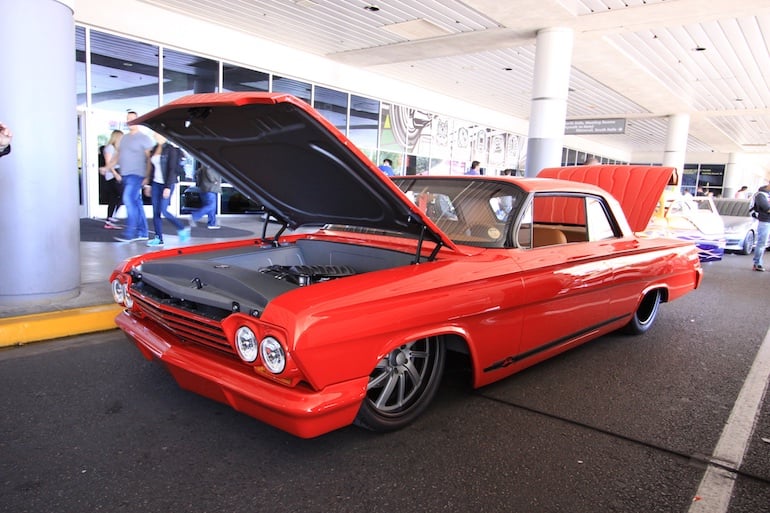
8) Changing Your Plan Midstream
If you can avoid changing your mind about what sort of vehicle you're building, you'll save yourself time and money. Try not to be distracted by "shiny object syndrome" and stick to the sort of build that you planned to create from the jump.
9) Buying a Bunch of Parts Before You Need Them
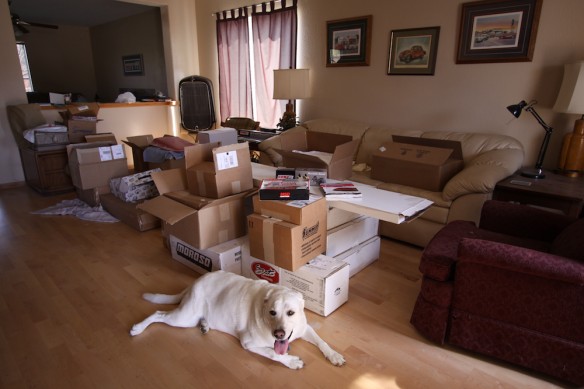
Above: If you're collecting parts too soon, your spouse may have a problem with that. Where are you going to store them? The living room's as good a place as any. If you're a dog lover, having a shop dog to guard your project, your parts, and to provide companionship on those lonely days and nights wrenching away is a must.
There are a couple pitfalls associated with buying muscle car restoration components too soon. You might blow your budget on parts when you need the money for unforeseen life challenges. Another gotcha could be that you are disorganized enough that you buy the same part twice without realizing it. You're better off buying the parts as you need them.
10) Building the Engine too Soon
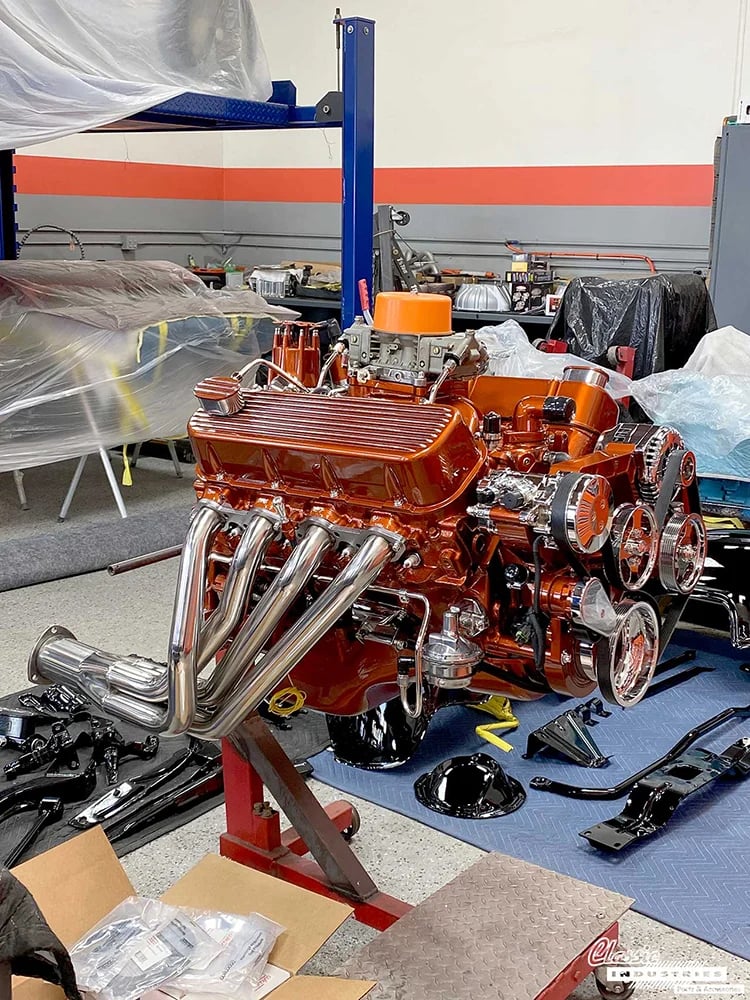
This mistake is a common one to make, and it's related to number 8. Having a new engine is an exciting project goal to accomplish. It's also an expensive part of the build. If it's finished too soon, you may deplete your cash for other phases of the project. You'll also have an engine on an engine stand that's in the way and collecting dust beneath a tarp in the corner of your garage or a pro shop. There's also the potential that it can be damaged if the engine and stand needs to be moved around the work area.
11) Not Having the Space, Tools, and Knowledge to Do the Job
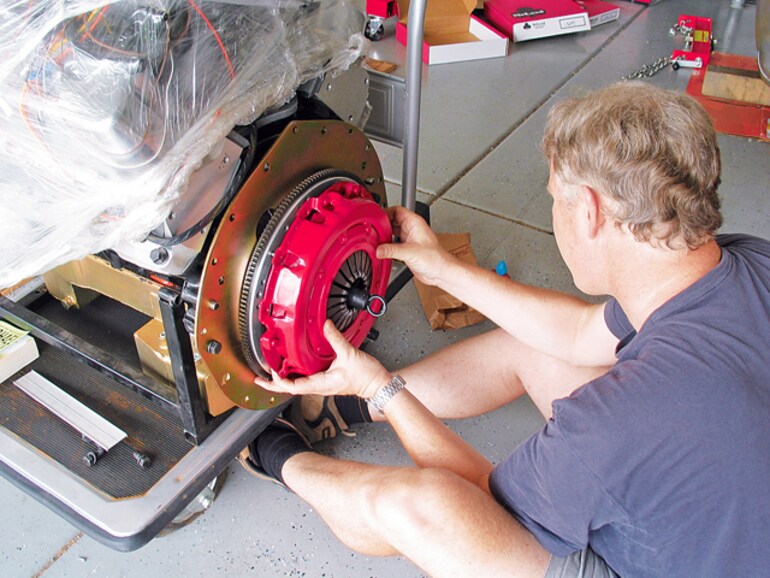
Should you be doing much of the work yourself, you're going to need to have the space, the tools, and the knowledge to do the job. The space and the tools can be two big roadblocks to getting the job done, since your budget probably didn't factor in thousands of dollars in tools, a lift, or a brand new garage. The knowledge is definitely something that you can pick up as you go along.
12) Building a Car that Doesn't Have Availability of NOS, Used, and Reproduction Parts
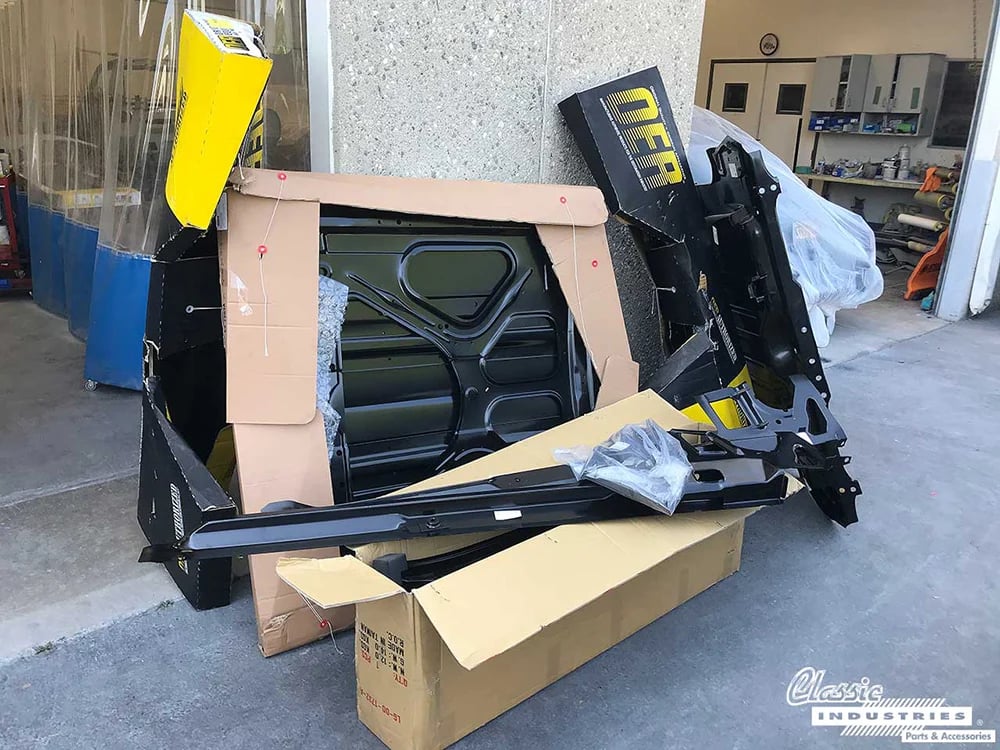
As time marches on the availability of NOS (New Old Stock) and used parts for American muscle cars and trucks is becoming more and more scarce. Those components are becoming ever more expensive. Thankfully, Classic Industries is a great place to find reproduction, high performance, and aftermarket parts and accessories for your muscle car restoration project.
You can shop by make and model online, by going to this page and selecting your vehicle. That SHOP BY VEHICLE button at the bottom also works. Or you can download and/or request that a catalog be shipped to you by clicking this link and selecting from nine available make and model catalogs here.




